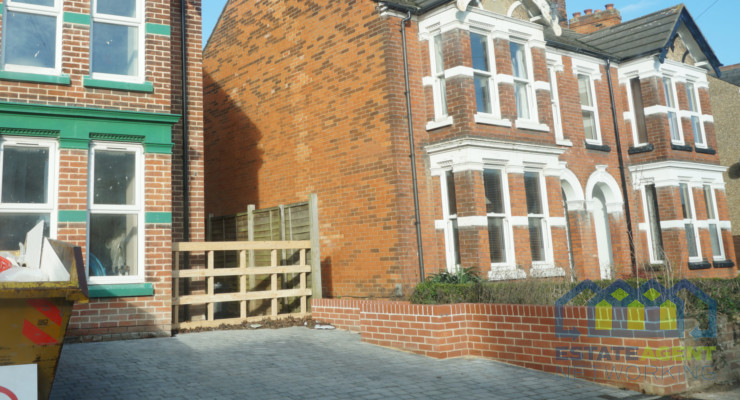Latest HMRC UK property transactions report
Headline statistics
Headline statistics from the latest transactions data include:
- the provisional seasonally adjusted estimate of the number of UK residential transactions in July 2025 is 95,580, 4% higher than July 2024 and 1% higher than June 2025
- the provisional non-seasonally adjusted estimate of the number of UK residential transactions in July 2025 is 101,070, 4% higher than July 2024 and 5% higher than June 2025
- the provisional seasonally adjusted estimate of the number of UK non-residential transactions in July 2025 is 10,260, 1% higher than July 2024 and 1% lower than June 2025
- the provisional non-seasonally adjusted estimate of the number of UK non-residential transactions in July 2025 is 10,620, marginally higher (less than 1%) than July 2024 and 4% higher than June 2025
Executive Summary
Figures for seasonally adjusted residential transactions in July 2025 have increased by 1% from 94,540 in June 2025 to 95,580 in July 2025.
Non-seasonally adjusted residential transactions increased by 5% in July 2025 relative to June 2025.
Seasonally adjusted non-residential transactions have also seen a decrease in transactions, with figures for July 2025 1% lower relative to June 2025. Seasonally adjusted non-residential transactions are 1% higher than in July 2024.
Non-seasonally adjusted non-residential transactions are 4% higher relative to June 2025.
Nathan Emerson, CEO of Propertymark, comments:
“It is extremely positive to see an uplift in the number of people completing on their property transaction month on month, as it is a clear-cut indicator of overall affordability and consumer confidence.
“We have witnessed the UK Government and the devolved administrations make comprehensive promises regarding housebuilding targets, which should boost the economy in the long run and provide greater choice to those who aspire to buy. We also have the Planning and Infrastructure Bill, which will apply to England, working its way through Westminster as the autumn approaches, again aimed at increasing housing supply.”







